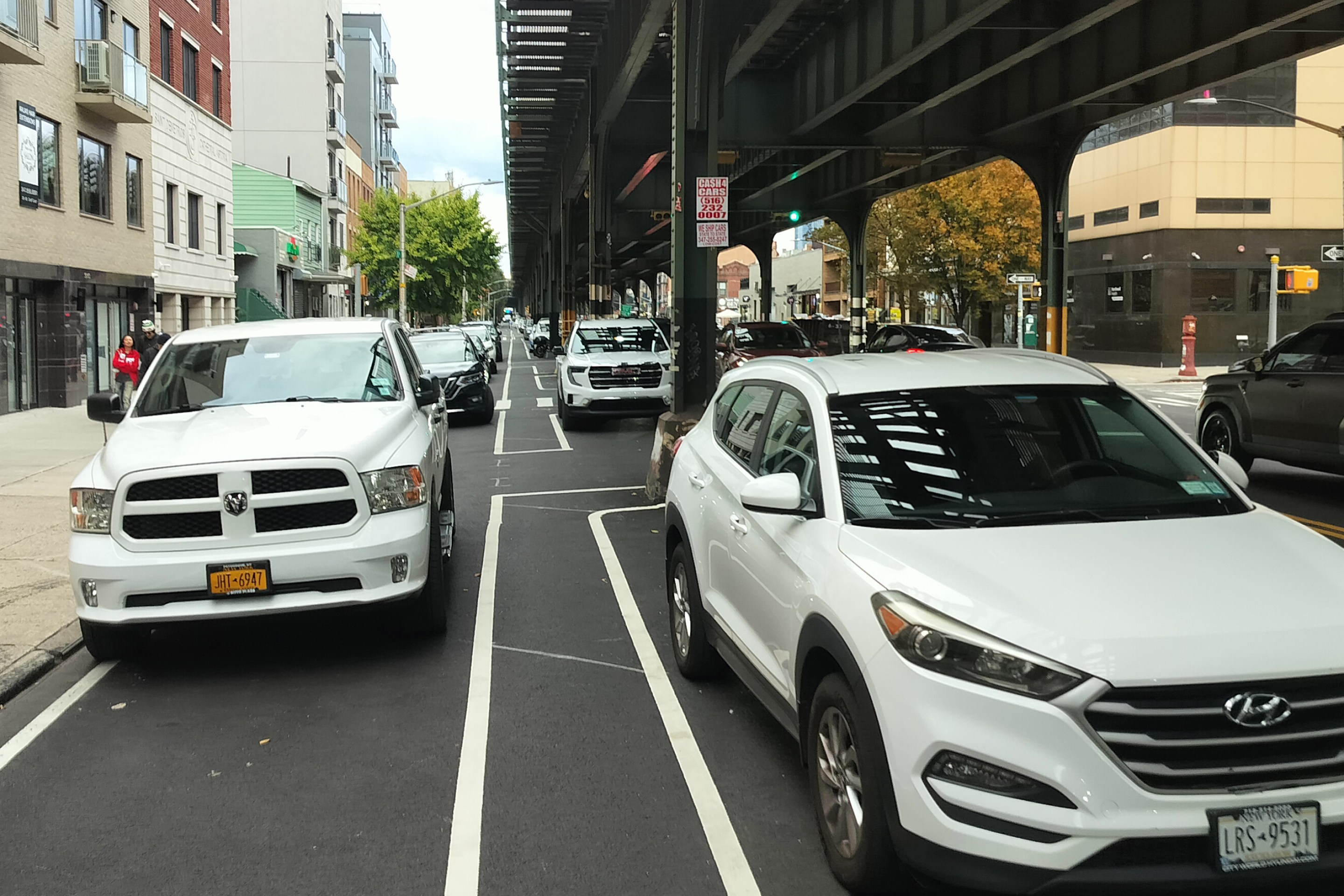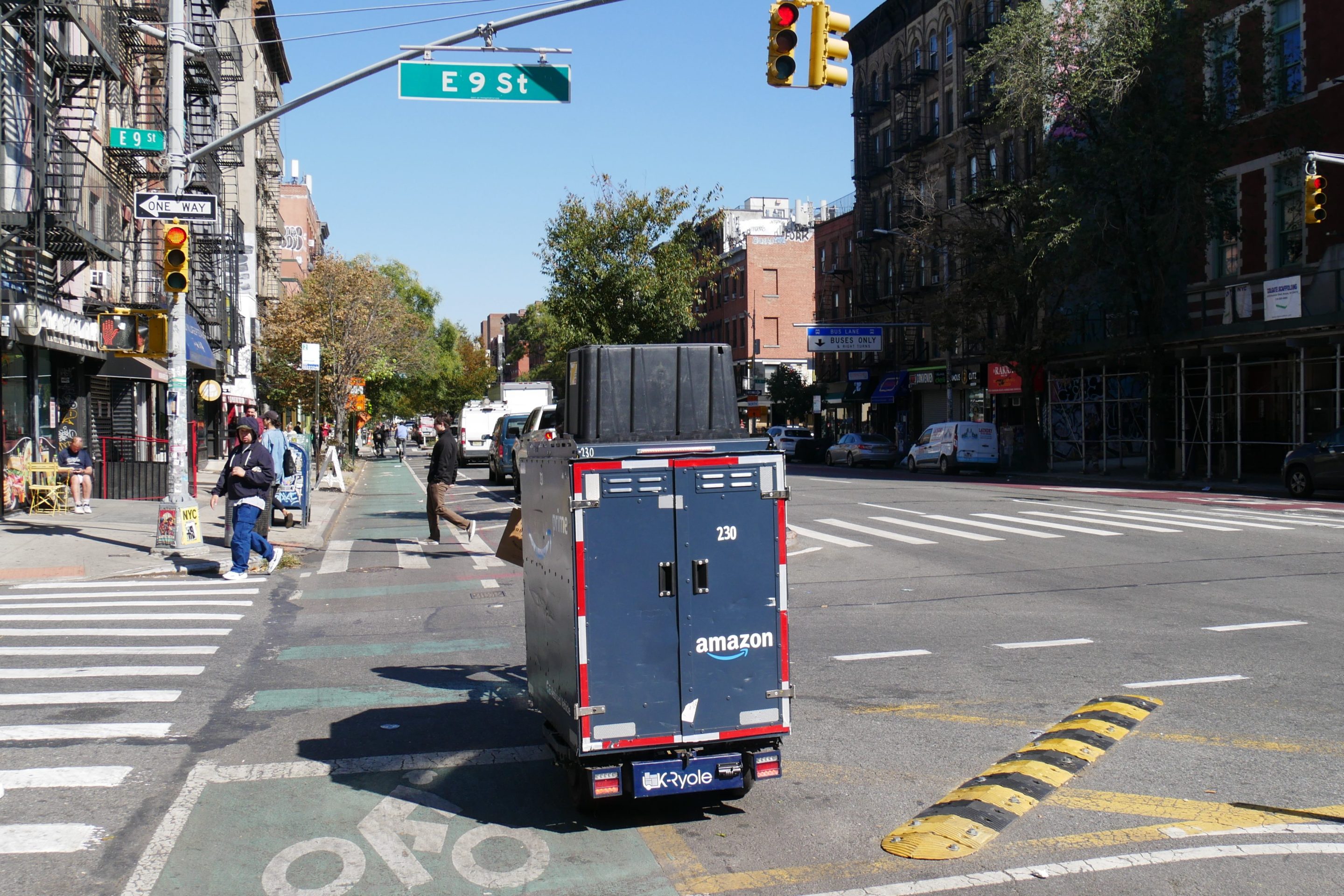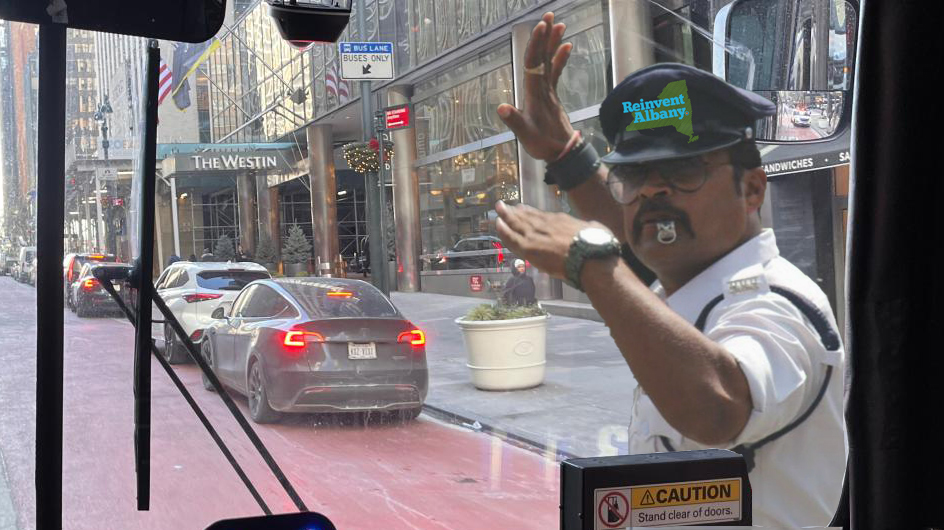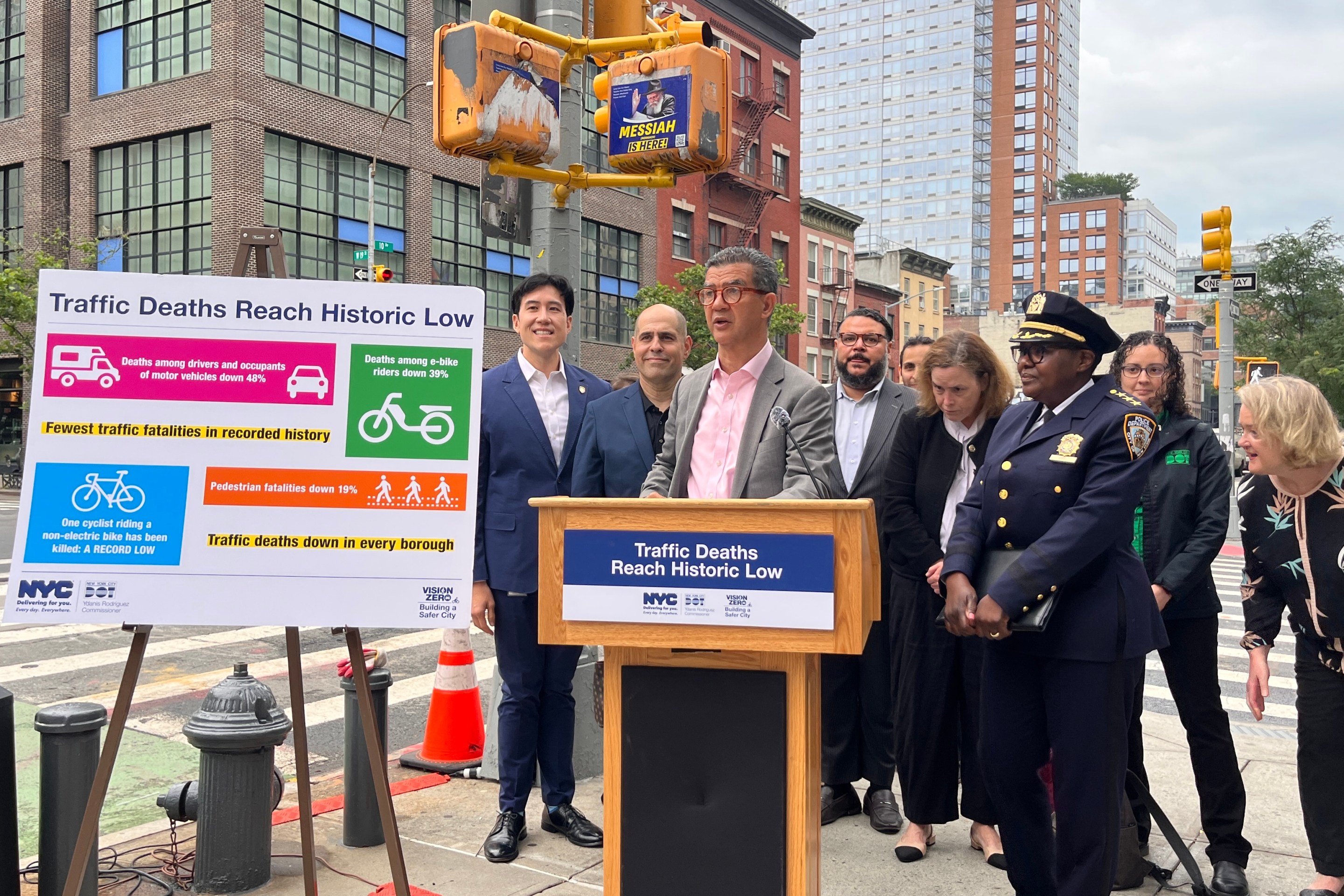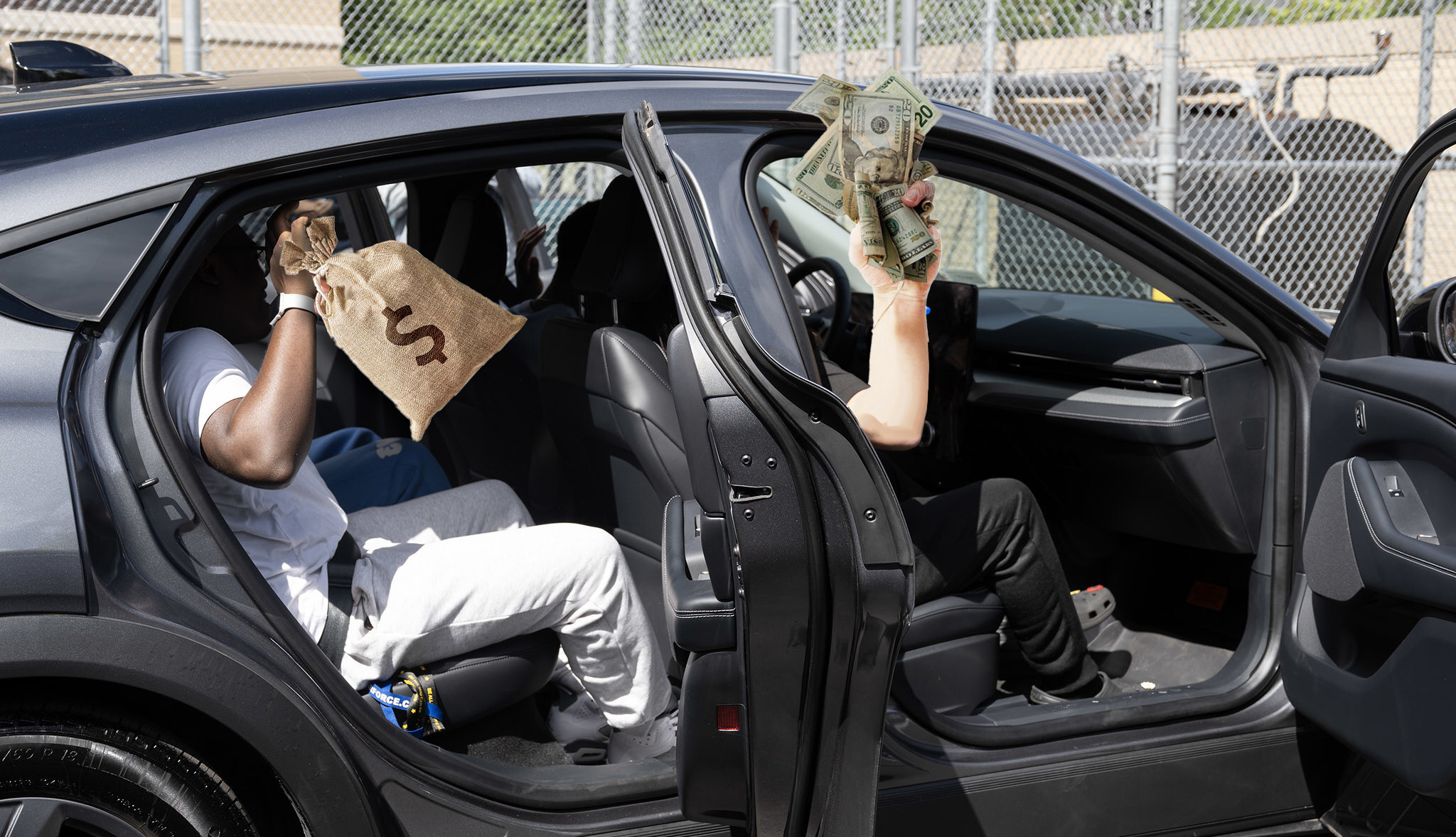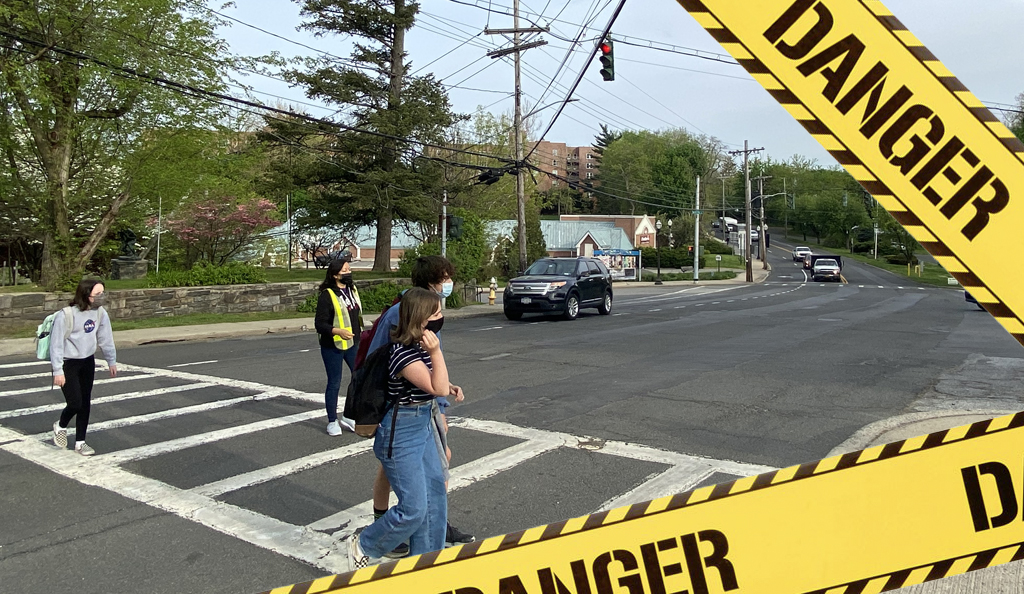When Minneapolis' I-35 bridge collapsed in 2007, lawmakers from both parties vowed to focus on shoring up the nation's aging infrastructure. But when the public spotlight faded from the issue of infrastructure repair, Congress showed little appetite for setting aside maintenance aid that did not hold the promise of ribbon-cutting ceremonies or campaign donations.
 The state of repair for America's urban roads, according to federal maintenance data. In rural areas, 61 percent are rated "good." (Chart: U.S. PIRG)
The state of repair for America's urban roads, according to federal maintenance data. In rural areas, 61 percent are rated "good." (Chart: U.S. PIRG)Meanwhile, existing federal transportation formulas dole out bridge repair money based on the size of each state's maintenance backlog. But up to half of that repair funding can be redirected to other purposes, such as building new roads, with the assurance of continued largess -- as long as local bridges remain unfixed.
That little-known provision is one of many "perverse incentives" highlighted in a report on road and bridge maintenance released yesterday by the U.S. Public Interest Research Groups' (PIRG) education fund.
The rules governing federal aid for interstate maintenance, according to the U.S. PIRG, are equally skewed to ensure older roads keep crumbling. Take the cases of New York, where 567 miles of road were rated in less than "good" condition by the U.S. DOT (see categories in the above pie chart), and Florida, where 13 miles were in the same aging state.
One might think that New York would receive more maintenance money from Washington. But as the report points out:
[B]ecause of New York and Florida’s similar number of Interstate lane miles, both states received about the same amount of Interstate Maintenance Program funding over the last five years — $182 million for New York and $193 million for Florida, annually.
Transportation policymakers tend to be inundated by reports, but the U.S. PIRG hopes to aim its research beyond a simple call for extra repair funding in the next long-term federal infrastructure bill.
"We're hoping the report will be a call to look hard at the actual politics behind these
problems," U.S. PIRG senior analyst Phineas Baxandall, one of the document's three primary co-authors, said in an interview. "This is not simply a problem [solved by] pouring more money into the system."
Baxandall and his colleagues also attempted to tally the real-world costs of inattention to road and bridge repair needs. Their report notes that car maintenance bills incurred by travelers on older roads is significantly higher in major cities: Drivers in Los Angeles, San Jose, and San Francisco all pay more than $700 extra per year, according to the most recent data released by the American Association of State Highway and Transportation Officials (AASHTO).
And given that the political climate suggests Congress will be hard-pressed to pass a new six-year infrastructure bill before 2011 -- depriving pro-repair advocates of their principal vehicle for broad "fix-it-first" reform -- the U.S. PIRG report also maps the route to progress on the state level in the meantime.
The report's authors highlight laws on the books in Illinois, New Jersey, and Maryland that "requir[e] state DOTs to focus on the rehabilitation of existing facilities before building new highways."
Baxandall said he was particularly heartened by Maryland officials' move to set up clear metrics for determining their progress on bringing the local built environment into a state of good repair. "If it can happen in the states," he said, "it will [happen on] the federal level."
